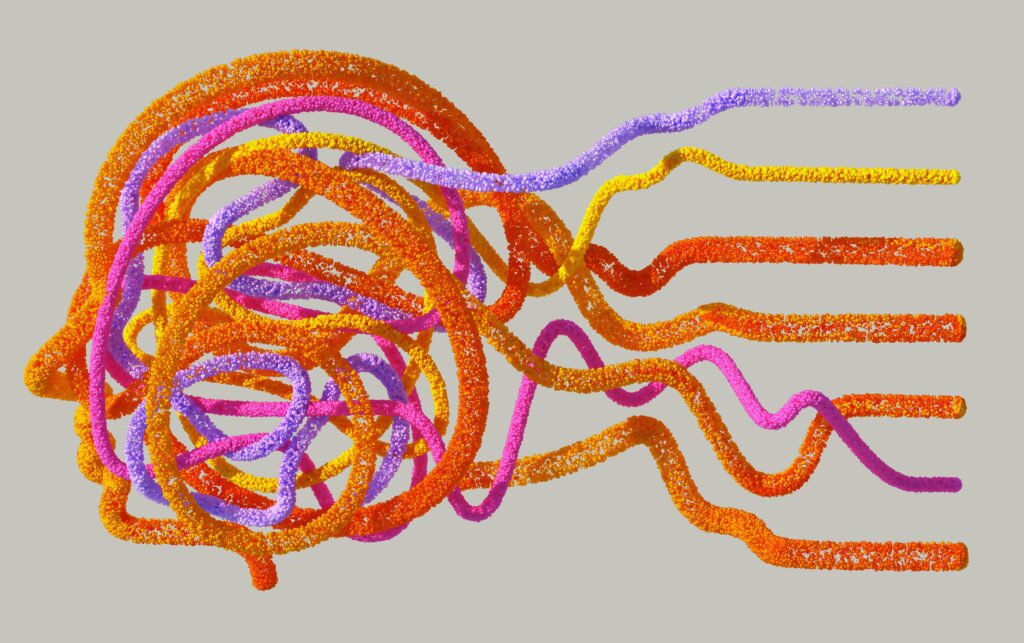Data Science: The sensXPERT Way of AI
In a world of ever-growing technological advancements, data science, artificial intelligence (AI), and machine learning (ML) have become commonplace yet intermingled terms. In part two of our series on the sensXPERT way of AI, we will explore data science as a significant collaborator of AI and ML.
In part one of our series, we looked at artificial intelligence and machine learning and distinguished the terms from one another. Regarding data science, the multidisciplinary field is pivotal in supplying the data and analytical tools by which AI algorithms, models, and systems continuously develop.
This article will dive into the world of data science, examine its various techniques, and touch upon the relevance of data science in the plastics manufacturing industry. We will also discuss the significance of data science when it comes to AI and machine learning.

Source: Google DeepMind | Unsplash
What is Data Science?
Data science can be traced back to the 1960s and is often considered a marriage of statistics and computer science. More specifically, the field emerged following statisticians’ use of computers for data analysis.
So, what exactly is data science?
Data science is a field that aims at extracting, analyzing, and interpreting data using numerous methods and techniques as a means of gaining actionable insight from the data. This field is beneficial in understanding complex issues and making data-driven decisions, as well as presenting findings and explaining data to others.
Nevertheless, only in the 21st century did the multidisciplinary field garner a lot of popularity and demand due to the rise of big data and deep learning.
Data science versus big data…
While the two terms are often confused, they are not interchangeable. Big data comprises enormous amounts of complex data. Due to its scale and complexity, this data necessitates specialized tools and technologies to store, process, and analyze it.
On the other hand, data science involves studying and analyzing data. Machine learning is one of the various methods and techniques utilized in data science.

Source: Mika Baumeister | Unsplash
The relevance of machine learning
Our last article explained how “machine learning enables machines to learn from data and develop their intelligence.” We also covered three ML approaches: supervised learning, unsupervised learning, and reinforced learning.
Furthermore, machine learning can be seen as the junction between data science and artificial intelligence.
- Machines can mimic human cognitive capabilities on account of AI.
- Within the sphere of AI, machine learning gives machines the capability of continuously learning from data.
Accordingly, machine learning integrates machine and data science, where the former requires the latter to continuously learn from data. On the other hand, data science leverages machine learning to gain insights from data and use predictive models to uncover patterns or trends within the data.
Techniques
Besides machine learning as a method employed in data science, several other relevant techniques are worth highlighting.
Data Exploration
Before deciding the best method or technique for analysis, data scientists will generally conduct data exploration. Using various visualization tools, the goal is to find problems, correlations, and patterns within the data and, in so doing, decide upon the relevant method or technique for analysis.
Predictive Analysis
Predictive analysis sees to it that data sets are analyzed to make predictions about future events or trends based on patterns identified in historical data. Machine learning is an example of one technique used for predictive analysis. Other predictive analysis methods include the following:
Linear / Non-Linear Regression
Linear and non-linear regression are two different approaches used to model the relationship between a dependent variable and one or more independent variables. They differ in their mathematical properties and numerical complexity. A best fit line is, for example, a linear model. However, polynomial fits can also be considered linear models. The linear property that distinguishes linear regression is only a mathematical property, one unrelated to the interpretation or shape of a regression.
On the other hand, non-linear regression describes all regression models that are not linear. For example, neural networks and decision trees are non-linear models. These types of regression models are typically able to assess more complex relationships and are used if linear models fail to capture important trends and relationships in the data.
Classification
Classification describes the process of assigning data to predefined categories according to specific criteria. The criteria and patterns used to assign data to categories are learned from historical (categorical) data and can be subsequently applied to classify new data. This process is often applied in machine learning. Support vector machines are a typical example of an algorithm used in classification.
Optimal Control with Machine Learning
Beyond predictive analysis, which only predicts a future outcome, optimal control with machine learning uses data to present recommendations on the most appropriate or advantageous course of action for a given situation.
Data Science in the Plastics Industry
As our previous article discussed, machine learning is applied in the plastics industry, in process control, for instance. More specifically, when predicting process outcomes, the combination of machine learning and data science results in accurate data-based insights and can aid in overall process optimization.
We will cover just that in our final article on the sensXPERT way of AI! Stay tuned and learn all about sensXPERT’s use of machine learning to help optimize manufacturing processes.